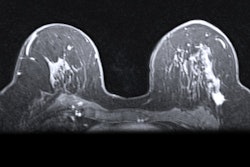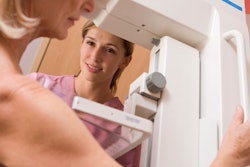
Breast screening disparities heightened by the COVID-19 pandemic can be mitigated by increasing access for facilities serving vulnerable patient populations, according to U.S. research published on 2 December in the American Journal of Roentgenology.
A team led by Dr. Constance Lehman, PhD, from Massachusetts General Hospital found that after facilities reopened, screening shifted from urban to suburban settings, with a disproportionate decline in screening seen in patients of races other than white.
The retrospective study included screening mammograms performed in the same two-month period in 2019, 2020, and 2021 across multiple facility types, including urban and suburban. Suburban sites had the highest proportion of white patients as well as the greatest scheduling flexibility and expanded appointments during initial reopening.
The researchers found that volumes decreased by 36.6% from 2019 to 2020 for white patients and then increased 61% in 2021. For patients with races other than white, volumes decreased 53.9% from 2019 to 2020, then increased 136.8% in 2021.
The study authors also found that the percentage of mammograms in patients with races other than white was 16.9% in 2019, 12.2% in 2020, and 18.0% in 2021.
The proportion of mammograms performed at the urban center was 55.3% in 2019, 42.2% in 2020, and 45.9% in 2021. Meanwhile, the proportion at suburban sites was 34% in 2019, 49.2% in 2020, and 43.5% in 2021.
Pre-COVID-19 volumes were reached by the sixth week after reopening for suburban sites but not reached during early recovery for other sites.
Lehman said that it is possible with early intervention to reduce these disparities.



















